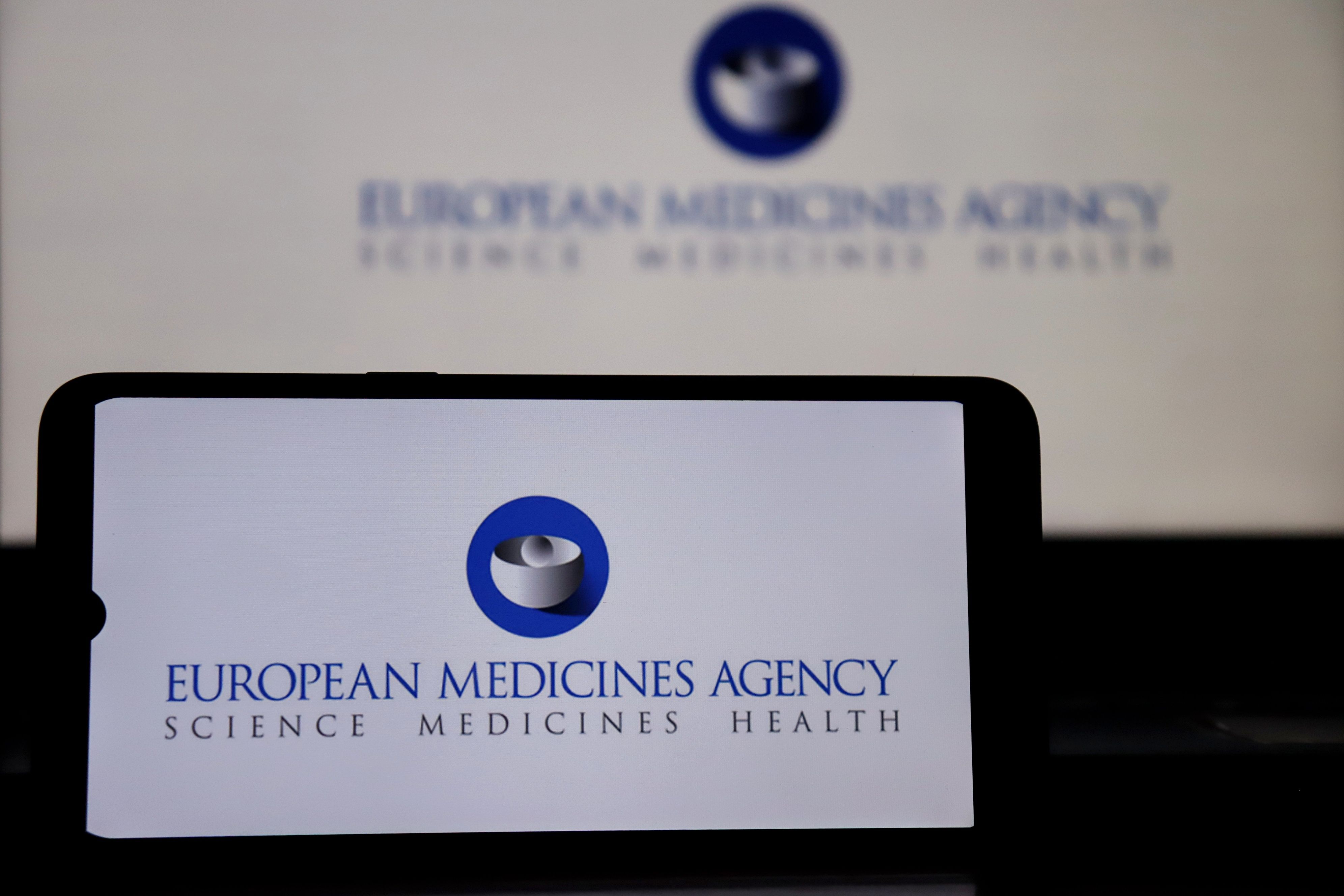- Bone Health
- Immunology
- Hematology
- Respiratory
- Dermatology
- Diabetes
- Gastroenterology
- Neurology
- Oncology
- Ophthalmology
- Rare Disease
- Rheumatology
IQVIA Report Flags Challenges With Biosimilar Access, Savings Throughout Europe
IQVIA’s report on the impact biosimilar competition has had on Europe’s health care space identified ongoing challenges with biosimilar access and generating savings, calling for more policies focusing on fostering a sustainable market for years to come.
IQVIA’s most recent white paper on the impact of biosimilar competition in Europe highlighted enduring access and savings growth challenges and called for more focus on policies ensuring a sustainable market and robust pipeline.
Image credit: Brenda Blossom - stock.adobe.com

The report’s observations emphasized crucial elements for a thriving biosimilar ecosystem, including savings, prices, access, strategy, and competition. The goal of the white paper was to provide new insights while acknowledging the enduring relevance of past observations, such as shifts in originator strategies, assessments of net savings in health care spending, identification of emerging biosimilar manufacturers' locations, and the growing gap in access.
Regarding access issues, the paper flagged ongoing disparities across Europe, the fastest growing of which is the anti–tumor necrosis factor (TNF) space, which experienced a 110% increase in access disparity between high- and low-access countries from the first year prior to the first biosimilar approval to 7 years after. Other spaces with large access disparities include the fertility, oncology, and insulin sectors.
Access to novel biologic medicines presents an extra challenge for the biosimilar industry. Current pharmaceutical expenditure and policies, including restricted biologic use, remain largely unchanged and countries with strict biologic restrictions risk missing biosimilar opportunities.
Over the past decade, EU-approved biosimilar medicines have shown significant growth, with cumulative patient treatment days doubling about every 1.5 years, reaching 5.8 billion patient treatment days by September 2023. List price savings generated by biosimilars, estimated based on pre–biosimilar competition prices, have contributed to €50 billion in cumulative savings at list prices between 2016 and 2021. However, the growth of cumulative savings has slowed in recent years due to a changing landscape of Loss of Exclusivity (LoE) opportunities, which decreased from €7.8 billion in 2018–2020 to €4.3 billion in 2021–2023.
Anticipating further opportunities, 110 biological medicines in Europe are expected to lose intellectual property protection by the end of 2032, with LoE opportunities peaking at around €30 billion between 2030 and 2032. The authors noted that realization of future savings will depend on countries implementing robust policies to support a competitive biosimilar market, dynamic assessment and revision of biologic use restrictions and cost-containment policies, biosimilar development feasibility, and improved physician awareness.
Over the next decade, 110 biological medicines are expected to face LoE in Europe, valued at about €55 billion between 2023 and 2032. Challenges for biosimilar competition exist in categories like high-cost oncology medicines, low commercial value molecules, orphan biologics, one-off therapies, second-generation molecules, and complex biologics due to evolving biotechnological platforms and regulatory uncertainties.
Despite 2 in 3 high-commercial value biologics having biosimilars in development, 27% of 26 high-sales products facing LoE lack a biosimilar candidate. The sustainability of biosimilars is particularly challenging for products with less than €500 million in annual sales. Areas without expected biosimilar competition could cost around €15 billion in sales by 2032, constituting about 28% of the total LoE opportunity at forecast list prices, considering historical biosimilar development timelines of 7 to 10 years.
The challenge is particularly pronounced for low-sales and orphan biologics, with the sustainability of the biosimilar proposition more difficult for products projected to achieve less than €500 million in annual sales in Europe or those designated as orphan drugs, potentially costing a minimum of approximately €7 billion in sales and falling short of the needed number of competitors for healthy market dynamics by 2032.
For orphan medications, 2 biosimilars referencing Soliris (eculizumab) were granted marketing authorization from the European Medicines Agency to treat paroxysmal nocturnal hemoglobinuria, and 4 other candidates are in development. “Despite being the only orphan biologic of interest to biosimilar manufacturers, early indicators show slow uptake of Soliris biosimilars so far (2%) and signs of further challenges ahead,” the authors warned.
The authors noted key areas for countries to focus on, including access to biologics, regulation, pricing, market access, competitive pressure, and incentives. Biosimilar interchangeability, seen as a component of market sustainability, saw positive developments in the European Union with efforts to harmonize scientific rationale and improve acceptance, but its impact depended on a coordinated approach addressing all aspects of the biosimilar market.
Future waves of biosimilars bring new and unknown dynamics, with shifts in market dynamics observed since 2006, particularly in the postadalimumab era marked by significant access growth in TNF inhibitors. However, as the market transitions into a period requiring health care savings and faces lower easy opportunities from LoE events in the short term, competition intensifies, prompting companies to reassess their biosimilar portfolios.
The authors concluded, “Considering the learnings from historic biosimilar competition and implementing optimal sustainable policies to maximise the available benefits, and prepare for the future is a time-bound activity as we enter the next wave biologic LoEs. Current systems must adapt to meet the changing profile of molecules, competitors, and competitor strategies that will emerge.”
Reference
The impact of biosimilar competition in Europe 2023. IQVIA. January 8, 2024. Accessed January 9, 2024. https://www.iqvia.com/library/white-papers/the-impact-of-biosimilar-competition-in-europe-2023
Newsletter
Where clinical, regulatory, and economic perspectives converge—sign up for Center for Biosimilars® emails to get expert insights on emerging treatment paradigms, biosimilar policy, and real-world outcomes that shape patient care.
